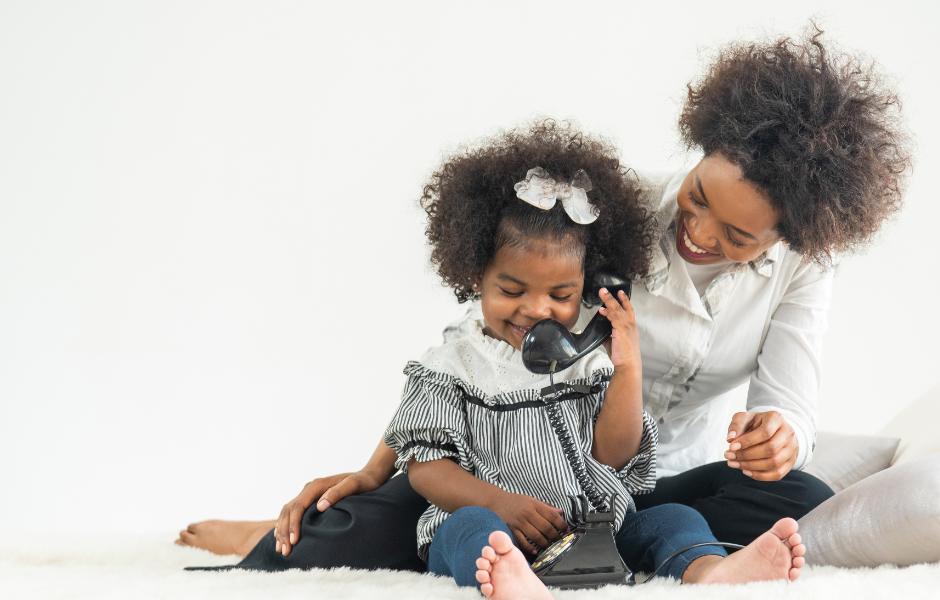 Three-year-old boys and girls are busy people! They are observing new objects and places, participating in new events, and meeting new people everyday. Throughout all of their exciting life experiences, they are rapidly building vocabulary and learning new language skills. As parents, we all want to know if our kids are on track developmentally. Since children develop at their own pace, comparing our little ones to their peers is not always the best method for determining if your child is meeting milestones.
Three-year-old boys and girls are busy people! They are observing new objects and places, participating in new events, and meeting new people everyday. Throughout all of their exciting life experiences, they are rapidly building vocabulary and learning new language skills. As parents, we all want to know if our kids are on track developmentally. Since children develop at their own pace, comparing our little ones to their peers is not always the best method for determining if your child is meeting milestones.
What should a three-year-old child be able to do?
According to the American Speech Language and Hearing Association, three-year-old children should be able to:
- Understand some words for colors, like blue and yellow.
- Respond from another room when their name is called.
- Answer simple wh- questions, like who, what, and where.
- Put four words together while still making some mistakes, such as “I goed to school.”
- Say rhyming words, like cat-sat.
- Use some plural words, like dogs, hats, and cars.
- Talk about their day. May use about four sentences at a time.
- Be understood by most people, most of the time.
Whether or not your child is accomplishing all of these skills between the ages of three and four, there are plenty of ways we can help their speech and language skills grow:
- Read books with a simple story. Talk about the pictures and the story. Encourage your son or daughter to retell the story in their own words.
- Use dress-up and role-play to help your child understand how others talk and act. Act out daily living activities, such as cleaning, cooking, or going to the store.
- Use lots of rhyming words. This can be an easy car activity! Encourage them to finish your sentences with a rhyming word. For example, “I see a cat wearing a _(hat)_.” Or “I think that tree is taller than _(me)_!”
- Look at pictures of previous family events (e.g., vacations, sports, holidays). Ask him/her to tell you about the picture.
- Sort pictures into categories (e.g., food, animals, shapes). Put a picture of an item in the wrong category, then ask your child to find which one doesn’t belong. For example, “a triangle is not a food.”
- If you speak more than one language in your home, talk to your child in the language that you are most comfortable using.
 Above all, the best thing a parent can do is talk with their child. Talk about your day, what you are doing, something you saw, something interesting, or someone new that you met. Give them pause time and opportunities to initiate conversation and respond to your questions and comments.
Above all, the best thing a parent can do is talk with their child. Talk about your day, what you are doing, something you saw, something interesting, or someone new that you met. Give them pause time and opportunities to initiate conversation and respond to your questions and comments.




















